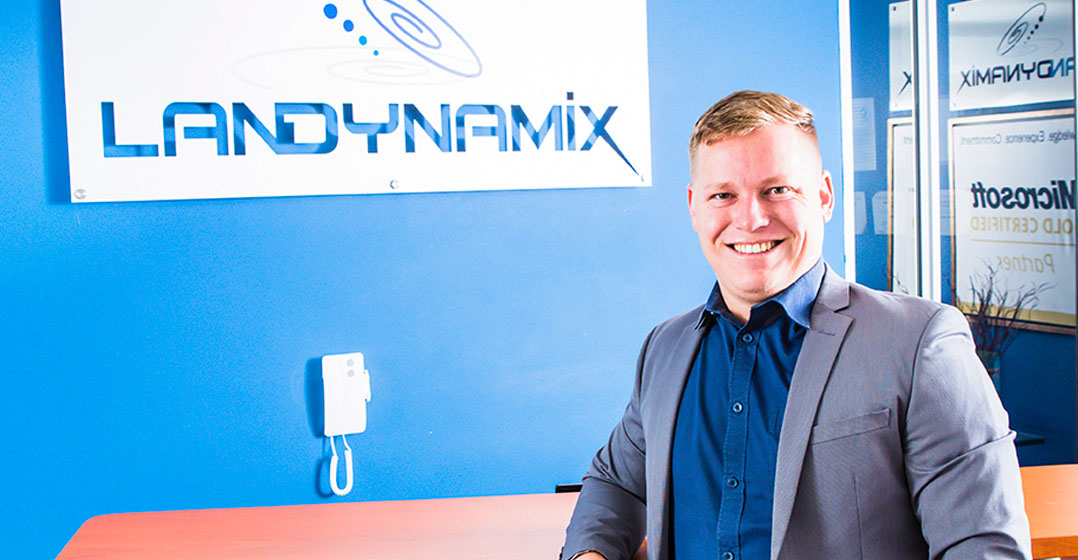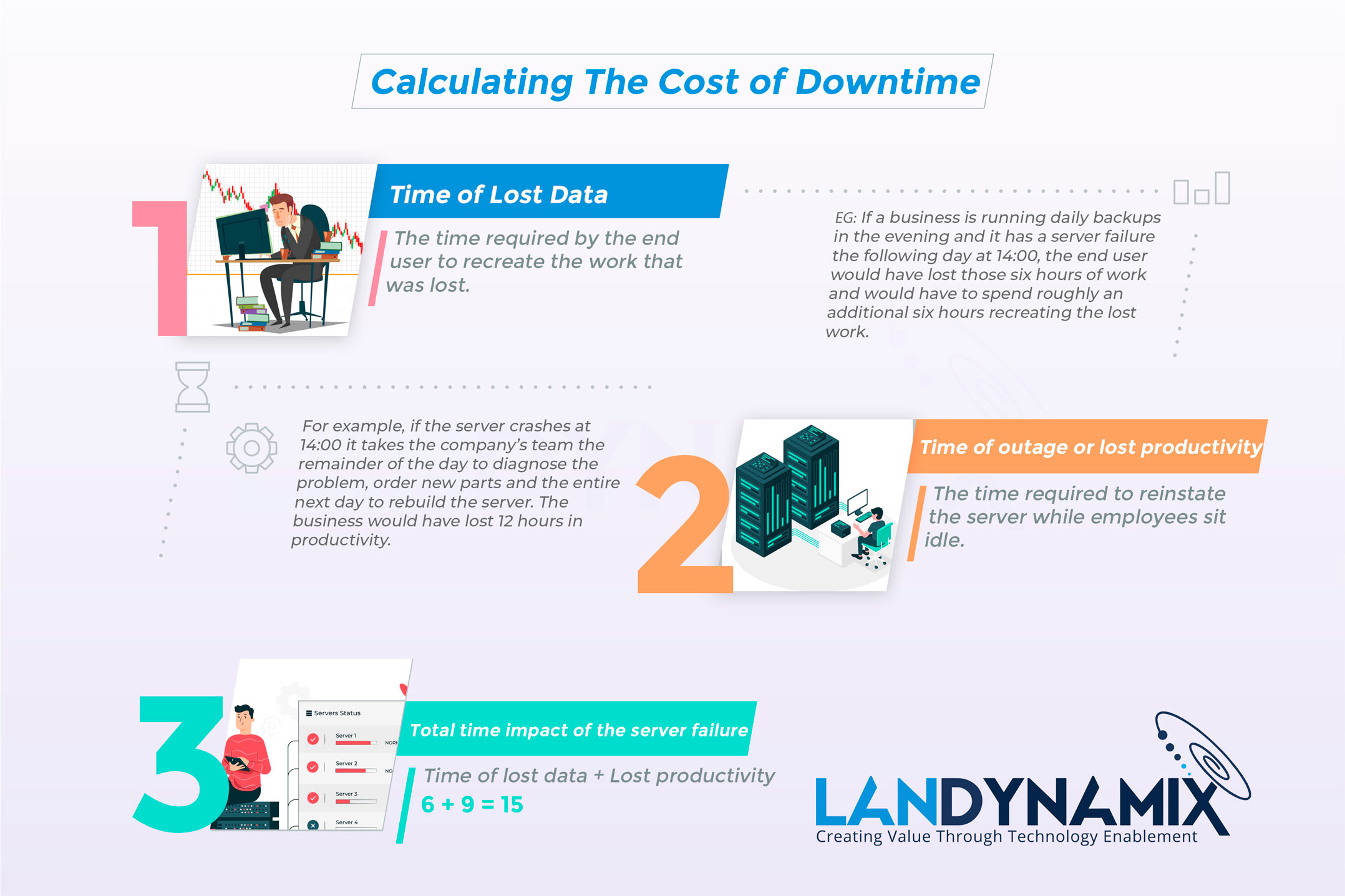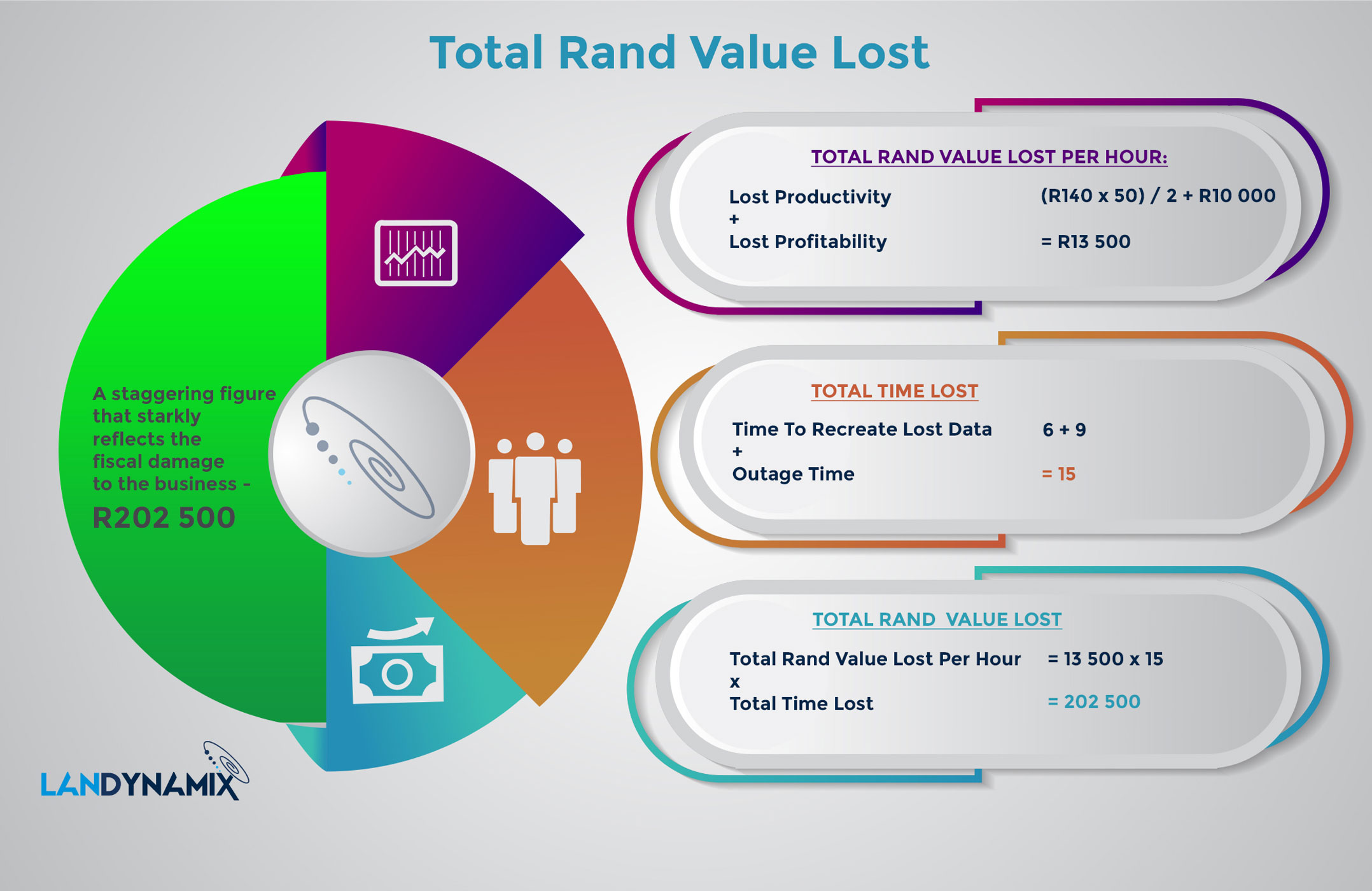
LanDynamix, a leading managed IT services provider, says companies trying to quantify the cost of downtime all too often make the mistake of tackling it from a technology perspective, when in fact it is a financial and business issue.
According to LanDynamix technology adviser Ethan Searle, key technology stakeholders in companies will acquire the buy-in of financial and operational stakeholders if they are able to quantify the cost of the problem and demonstrate how their intended technology decision will generate a return on investment for the business.
“Many technology stakeholders find themselves in the position of trying to justify to financial and operational stakeholders increased spending on their new technology by expanding on the technology benefits. This is not the right approach and will not lead to technology stakeholders getting the budget and tools they need to ensure business uptime ,” says Searle.
LanDynamix has developed a cost-of-downtime calculator that defines the financial and operational terms of a technology failure. Searle explains that while the goal is to find a solution that generates a return on investment as a first step, buy-in will be best achieved by the application of the cost-of-downtime calculator, developed by the company.
LanDynamix has set out the following cost of downtime guide to be used with the calculator:
 “The next step is to determine what these lost hours equate to in rands and cents. There are two types of rand/hour costs to think about — human cost and profitability.”
“The next step is to determine what these lost hours equate to in rands and cents. There are two types of rand/hour costs to think about — human cost and profitability.”
Searle defines these as the following:
Human cost
The human cost is relevant because the business is essentially paying the employee for idle time during IT failures. To be conservative, one could argue that employees in an office could do other tasks during the outage and are, in fact, not entirely redundant. For example, end users might still be able to send mails or do admin. To cater for this, the employee’s hourly cost to the business could be halved. For this example, let’s arbitrarily set the average hourly cost per employee at R140, multiplied by 50 users divided by two, to cater for the end users only being half idle.
Profitability
When a team responsible for generating revenue is impacted by an IT failure, the loss of hourly profitability can be measured. For example, a sales team that generates R90 000/day in profit would lose R10 000 for every hour of the IT failure.
 “The cost of the server going down halfway through a workday with one day to bring the services live again could cost a business of 50 employees approximately R202 500. No two businesses are the same, but this guide can provide any company with a first step towards understanding what a technology failure looks like in hard cash. The next step is to take the calculations to the stakeholders involved in decision-making processes to acquire the necessary budget to avoid the potential cost of the problem.
“The cost of the server going down halfway through a workday with one day to bring the services live again could cost a business of 50 employees approximately R202 500. No two businesses are the same, but this guide can provide any company with a first step towards understanding what a technology failure looks like in hard cash. The next step is to take the calculations to the stakeholders involved in decision-making processes to acquire the necessary budget to avoid the potential cost of the problem.
About LanDynamix
LanDynamix provides cybersecurity solutions and managed services in the South African ICT arena. Its areas of specialisation include remote support and monitoring, as well as management. Its Security Operations Centre delivers globally competitive levels of protection to its customers’ businesses. It uses these services and solutions to operate its clients’ technologies for them; protect them from security breaches; and consequently free them to focus on core business and growth. LanDynamix can maximise clients’ competitive advantage, while minimising down-time, risk and costs. For further information, visit www.landynamix.co.za.
- This promoted content was paid for by the party concerned



